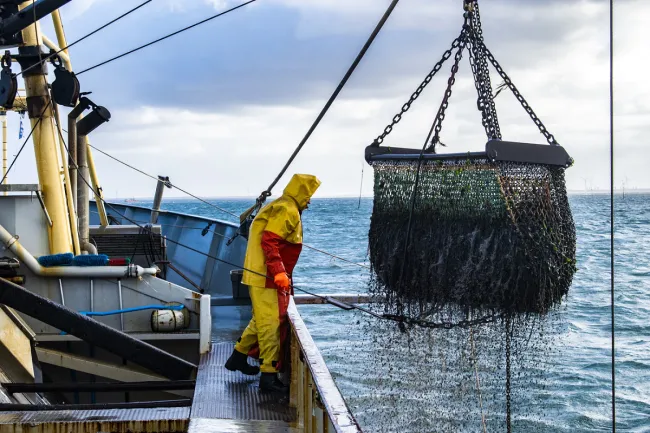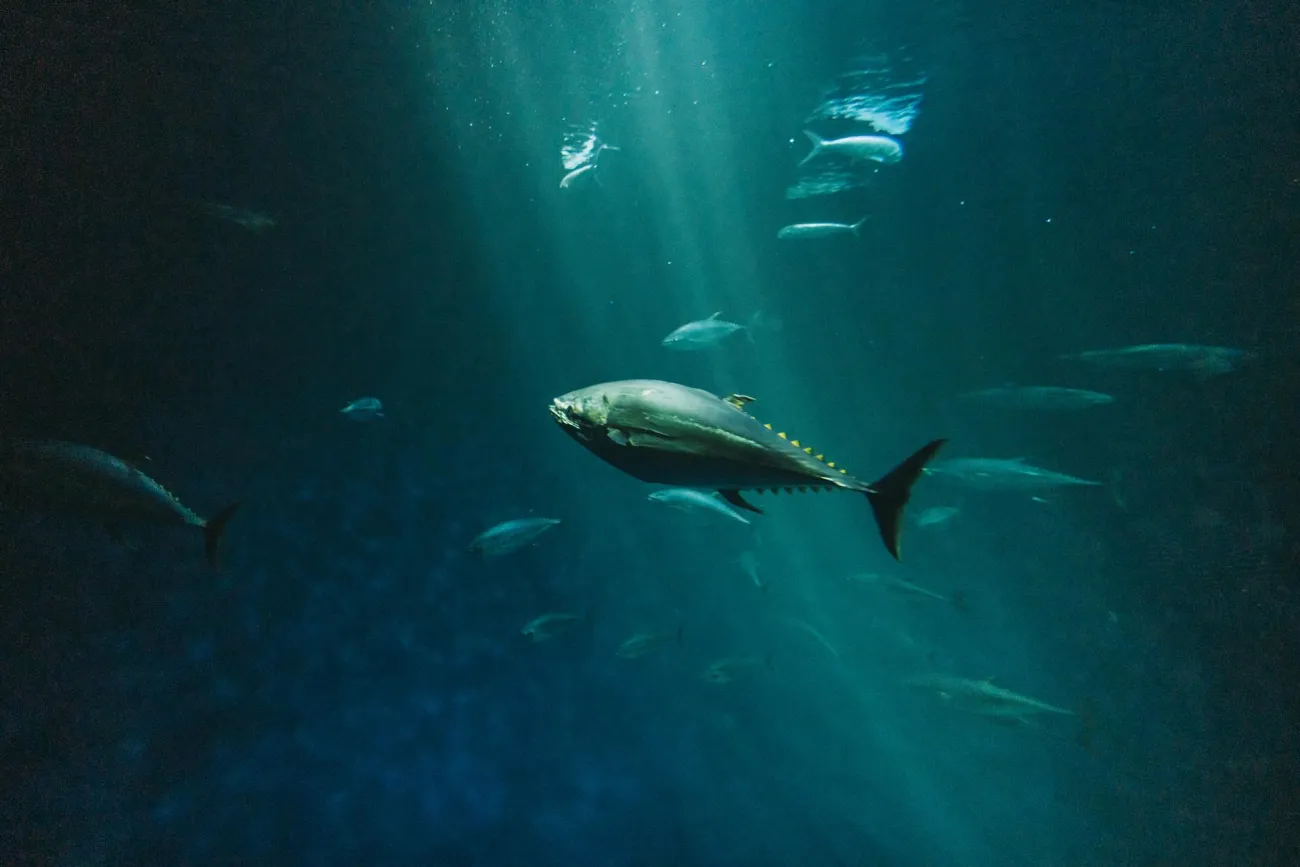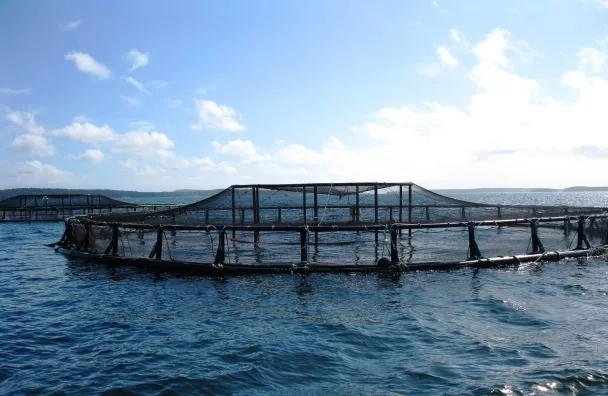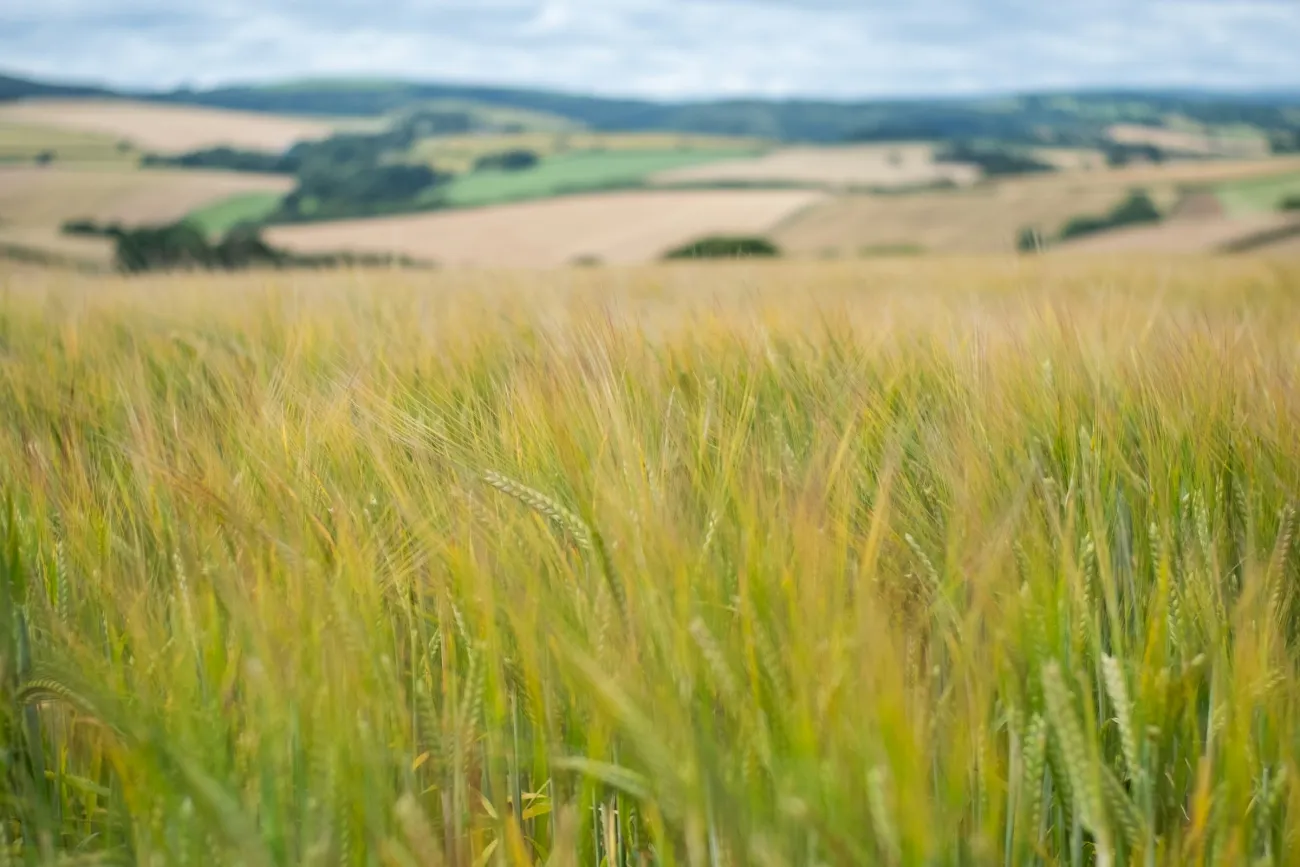The paper, co-authored by TABLE member Rebecca St. Clair, reviews the literature on business models in the seafood sector (covering both fisheries and aquaculture) and draws links between the principles of circular economy and resilience through a new Circular Economy Resilience Framework for Business Models (CERF-BM). It hypothesises that seafood businesses could increase their resilience (i.e. the ability to keep functioning despite external shocks and pressures) by using circular economy principles.

The paper notes that there is a trade-off between seafood’s contribution to healthy diets and the pressure on fish stocks created by overfishing for both human consumption and the production of fishmeal for aquaculture.
The paper aims to assess existing business models in the seafood sector (varying by whether they use wild catch or aquaculture, their scale of operation, and the length of their value chain) against the principles of resilience and the circular economy. To do this, it sets out the Circular Economy Resilience Framework for Business Models (CERF-BM), illustrated below. CERF-BM combines three tools: the business model canvas that describes a business’ structure, the iReSOLVE categories that describe circular economy principles, and a set of four resilience mechanisms proposed by the paper’s authors.
Image: Figure 1, Fletcher et al. The circular economy-resilience framework for business models.
The four resilience mechanisms are:
- Diversification of product types, distribution mechanisms, consumption, etc.
- Using ecosystem and ecological functions such as natural carbon cycles.
- Use of local systems such as knowledge of local environments and conditions.
- Increased knowledge exchange between stakeholders and actors within established and new value chains.
The figure below shows how seafood business models align with circular economy principles and resilience mechanisms, based on a literature review.
Image: Figure 2, Fletcher et al. Alignment of reviewed articles against the CERF-BM.
The paper finds that there is limited alignment between seafood business models and circular economy principles. Large scope for improvement was found in recycling materials, extracting value from organic waste and dematerialisation. The alignment that does exist is mainly in the categories of “Implement” (e.g. reacting to threats and opportunities), “Exchange” (e.g. using new technologies or products to adapt to changing market conditions) and “Optimise” (e.g. streamlining operations to improve profit margins) - categories that are important even for businesses that do not follow circular economy principles.
Around half of the business models in the literature reviewed showed alignment with at least one of the resilience mechanisms. As shown in the figure below, the alignments were mostly in the areas of food security and/or social welfare, with relatively little consideration of the resilience of the environment. Most mentions of business resilience concerned a single company as opposed to looking at the resilience of other actors in the supply chain.
Image: Figure 3, Fletcher et al. Alignment of reviewed articles against elements of resilience.
The paper’s main purpose is to map the potential links for businesses between circular economy principles and resilience mechanisms. It calls for further research on business models that intentionally combine the two concepts. The authors propose that consideration of circular economy principles should be extended across entire supply chains and that companies should help their suppliers and stakeholders achieve greater resilience through knowledge exchange.
More granular discussion of the different business models used in the seafood sector and how they relate to resilience and the circular economy can be found in the paper’s Supplementary Information (PDF link).
Abstract
Seafood is expected to become increasingly important in future food systems and healthy diets. This transition will require the seafood sector to adapt business practices to respond to environmental and social challenges while increasing resilience. Here, we develop the circular economy-resilience framework for business models (CERF-BM) and, through exploring the current literature, apply this framework to business models in the seafood sector. We find that the majority of business models incorporate elements of circular economy and resilience in a limited way. The reviewed business models often fail to consider other supply chain actors and, instead, focus on the business itself and its customers. The CERF-BM helps to elucidate this disconnect through assessing business models against company-level actions towards circularity in combination with systems-level resilience mechanisms. To reap the synergies between the circular economy and resilience mechanisms, seafood businesses could extract more value from organic waste and dematerialise their business models.
Reference
Fletcher, C.A., St Clair, R. and Sharmina, M., 2021. Seafood businesses’ resilience can benefit from circular economy principles. Nature Food, 2(4), pp.228-232.
Read the full paper here or here (PDF link). See also the TABLE explainer Impacts of climatic and environmental change on food systems.




Comments (0)